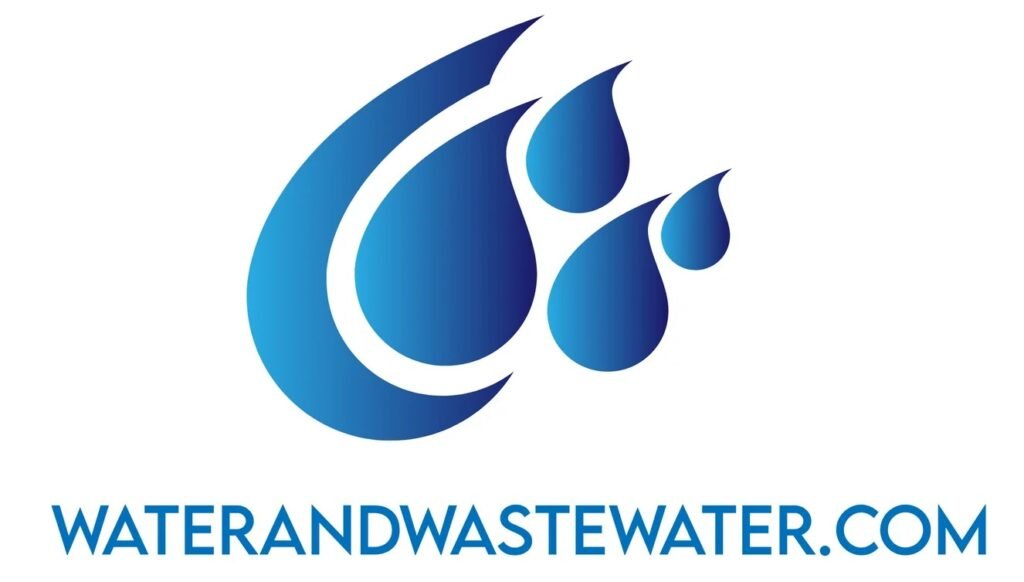
Tag: changes
Bend, Oregon, is a vibrant city known for its natural beauty, pristine rivers, and burgeoning population. As the city has grown, so too has the need for robust infrastructure to manage its wastewater. Enter the Bend Wastewater Treatment Plant, a crucial facility that ensures the community’s wastewater is treated efficiently and sustainably. This article explores […]
In the collective imagination, spiders often evoke a sense of fear or disgust. But what if I were to tell you that one spider, the Baltimore Wastewater Treatment Plant spider, has become a point of curiosity, study, and even admiration among scientists and environmentalists? It’s a tale that transcends arachnophobia and opens a window into […]
Gas Hydrate-Based Desalination: A Promising Frontier in Water Purification Introduction Water scarcity is one of the foremost challenges confronting humanity in the 21st century. As populations grow and industrial activities intensify, the demand for fresh water continues to surge, while conventional sources deplete. It is estimated that nearly half of the world’s population […]
The Alexandria Wastewater Treatment Plant (AWTP) serves as a critical infrastructure in the preservation of public health and environmental quality in Alexandria, Virginia. Over the years, the plant has evolved in capacity, technology, and operations, to address the growing demands of urbanization and the increasing complexity of modern waste streams. This comprehensive article examines the […]
Water pipelines are essential for delivering clean drinking water to households and businesses. These intricate systems play a crucial role in our daily lives by ensuring a constant and safe supply of water. Without efficient water pipelines, access to clean water would be severely limited, affecting health and sanitation. Modern water pipelines are designed to withstand […]
Water treatment plants play a crucial role in ensuring clean and safe water for communities. These facilities process large volumes of water daily, removing contaminants and pollutants. The primary purpose of a water treatment plant is to make water safe for drinking and other uses by removing harmful substances like bacteria, chemicals, and waste. At the […]
Reverse osmosis is a powerful and efficient method used to purify water by removing contaminants and impurities. Through the reverse osmosis process, water is forced through a semi-permeable membrane, allowing only clean water to pass through while blocking unwanted substances. This technology is widely used in both home and industrial settings to ensure safe, clean drinking […]
Rapid gravity filtration is a key technology in the treatment of water, ensuring safe and clean drinking supplies for communities. This method effectively removes particulate matter and impurities through a combination of filtration and sedimentation. It is widely used in drinking water treatment plants due to its efficiency and cost-effectiveness. This filtration process operates by allowing […]
Wastewater treatment is a critical component of modern urban infrastructure, ensuring that water expelled from households, industries, and other establishments is adequately treated before being released back into the environment. Among the various processes involved in wastewater treatment, aeration stands out as one of the most vital. Central to the aeration process are aeration blowers. […]
Electrospun Metal-Organic Framework Membranes: A Revolutionary Approach in Material Science Introduction Electrospun Metal-Organic Framework (MOF) membranes represent an exciting frontier in material science, combining the advantages of electrospinning and MOFs to yield materials with unique and highly tunable properties. The union of these two technologies has opened new pathways for applications in filtration, […]